
The integration of solar panels into electric vehicles (EVs) is a progressive step toward sustainable transportation. As these innovative vehicles gain popularity, various manufacturers are pushing the boundaries of what electric mobility can achieve. From futuristic designs to practical family cars, some EVs are incorporating solar technology to extend their range and reduce dependency on charging infrastructure.
Tesla Cybertruck
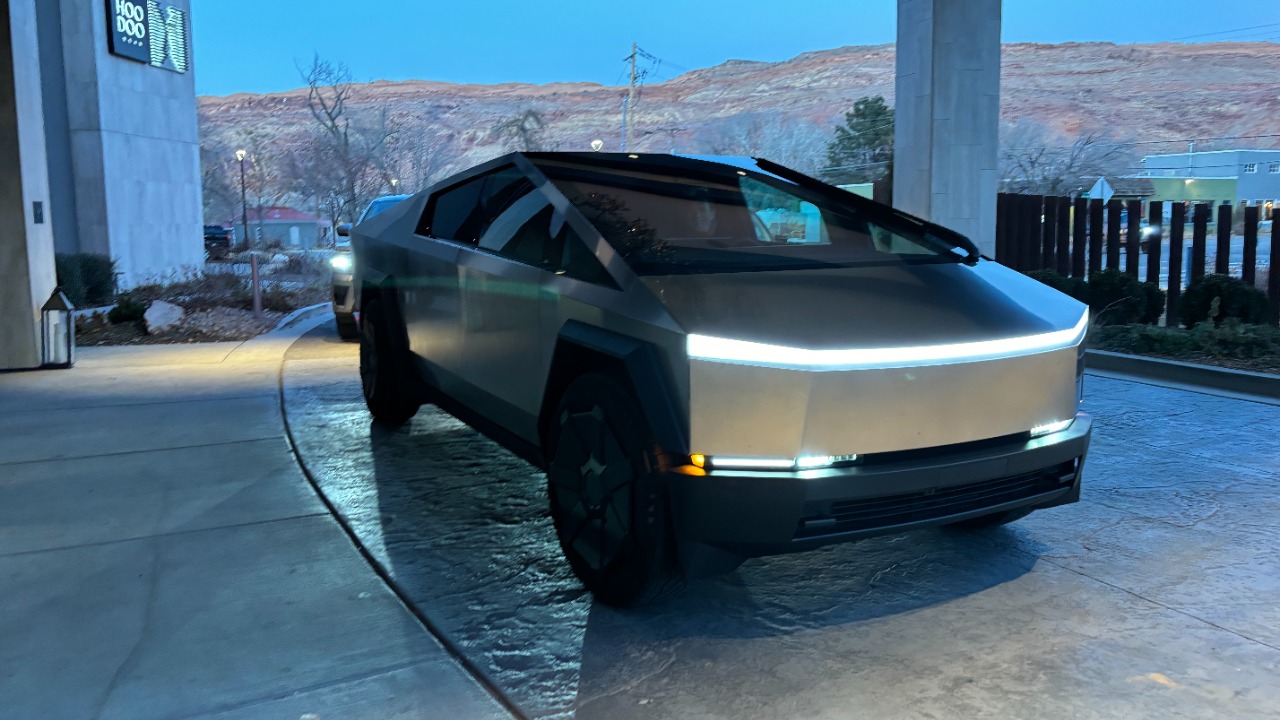
The Tesla Cybertruck is known for its distinctive design and robust features. One of the most talked-about elements is its potential for solar integration. Tesla has proposed an optional solar roof that could add around 15 miles of range per day, making it a viable option for those looking to reduce their carbon footprint. The solar panels would be incorporated into the tonneau cover, offering a practical solution for sustainable energy usage.
While the solar feature is still under development, the Cybertruck has already generated significant interest due to its impressive specifications and futuristic aesthetic. It promises a combination of durability and sustainability, making it a compelling choice for environmentally conscious consumers. The addition of solar panels could further enhance its appeal by offering an additional energy source for extended trips.
Lightyear One
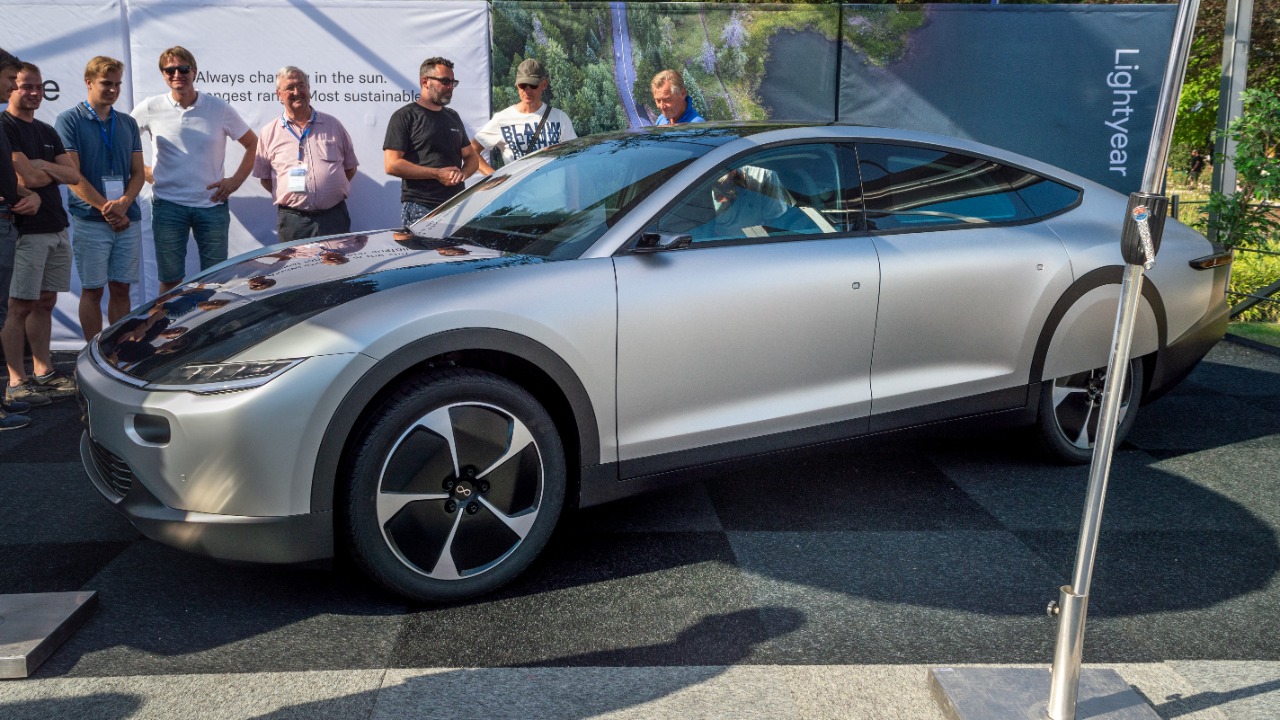
The Lightyear One is designed with efficiency and sustainability at its core. This solar electric vehicle is equipped with solar panels covering its roof and hood, providing an impressive daily range boost. With the ability to add up to 12 kilometers per hour of sunlight, the Lightyear One aims to make clean energy travel more accessible.
Lightyear, the company behind this vehicle, emphasizes the importance of reducing reliance on charging stations. The car’s aerodynamic design and lightweight materials contribute to its extended range and efficiency. The Lightyear One is a testament to how solar technology can be seamlessly integrated into electric vehicles, offering a practical and eco-friendly driving experience.
Sono Motors Sion
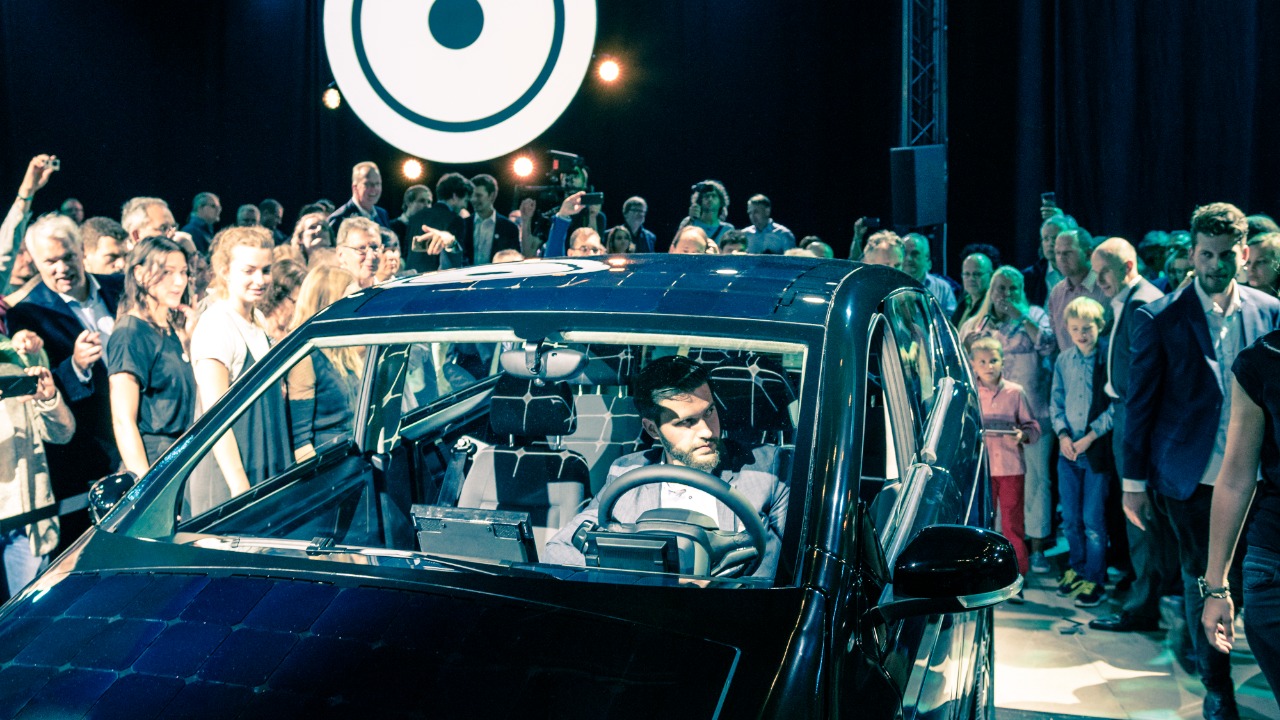
The Sono Motors Sion is a family-oriented electric vehicle that stands out with its full-body solar integration. Its solar cells are seamlessly embedded into the exterior, providing up to 34 kilometers of additional range on sunny days. This innovative approach allows the Sion to harness renewable energy efficiently.
Sono Motors has focused on creating a practical and affordable EV that doesn’t compromise on sustainability. The Sion’s design is straightforward, yet it offers cutting-edge technology to support an eco-friendly lifestyle. With its solar capabilities, the Sion represents a step forward in making EVs more self-sufficient and less dependent on traditional charging methods.
Aptera Paradigm
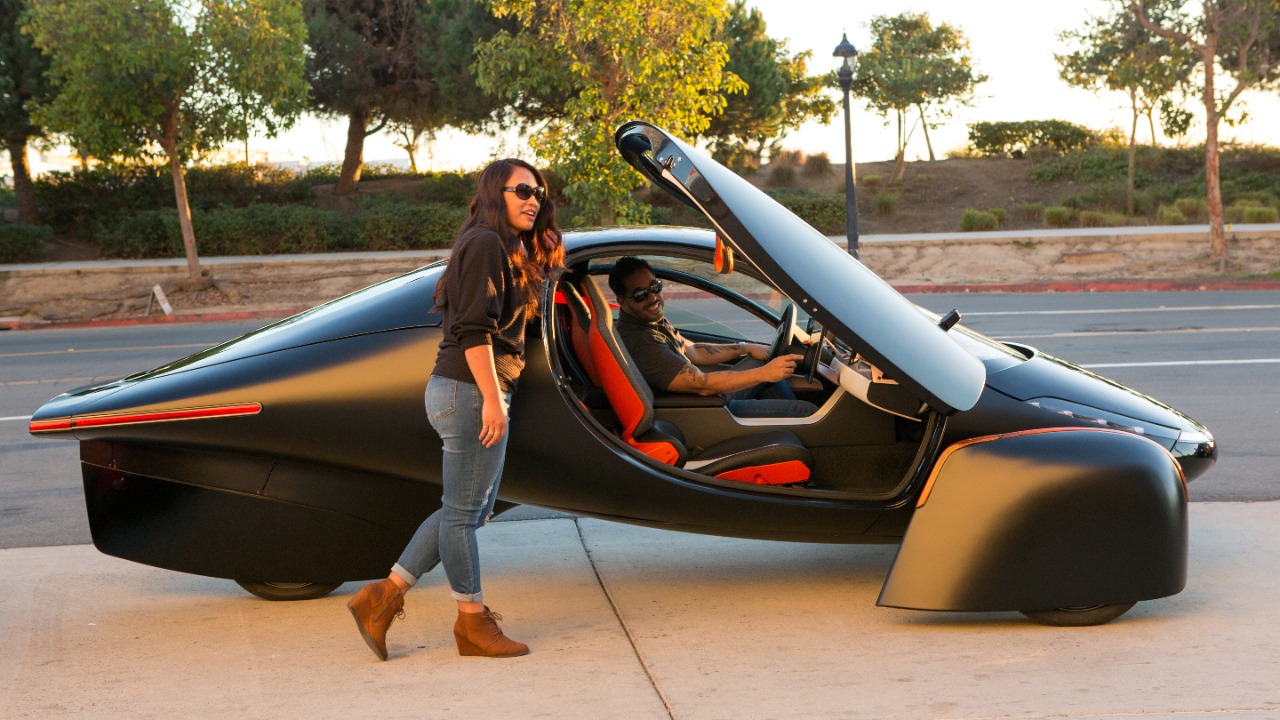
The Aptera Paradigm is an extraordinary vehicle that uses solar technology to offer a range of up to 1,000 miles on a single charge. Its three-wheeled design is not only eye-catching but also incredibly efficient. The solar panels can provide up to 40 miles of range per day, making it one of the most energy-independent vehicles on the market.
Aptera’s approach to electric mobility focuses on maximizing efficiency and minimizing environmental impact. The Paradigm’s lightweight structure and aerodynamic design contribute to its exceptional range. This vehicle is a prime example of how solar energy can be harnessed to create a truly sustainable mode of transport.
Fisker Ocean
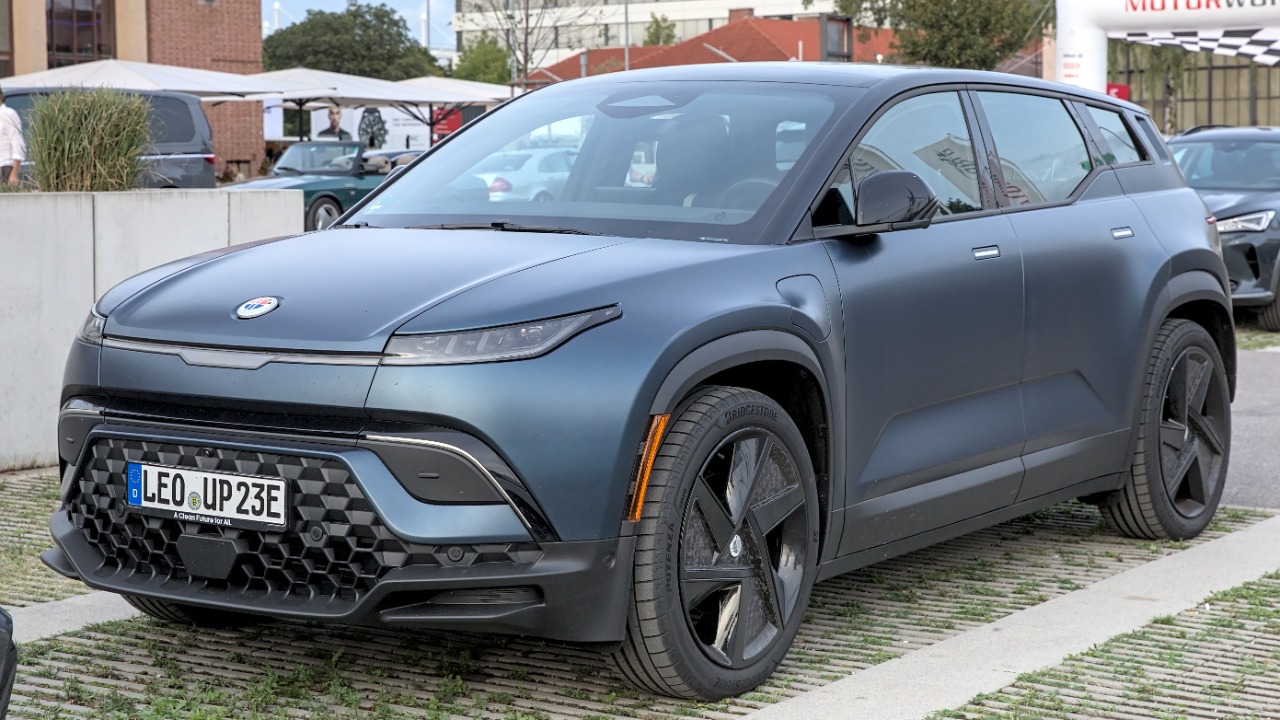
The Fisker Ocean is a versatile SUV that incorporates solar panels into its panoramic roof. This feature aims to provide an eco-friendly boost to its battery range, especially useful for those living in sunny climates. Fisker has positioned the Ocean as a stylish yet practical choice for families looking for a sustainable vehicle option.
In addition to its solar capabilities, the Fisker Ocean offers a suite of modern features and advanced technology. Its commitment to using recycled materials and sustainable manufacturing processes further underscores Fisker’s dedication to environmental responsibility. The Ocean’s solar roof is a step toward reducing the carbon footprint of everyday driving, marking it as a forward-thinking option in the EV market.